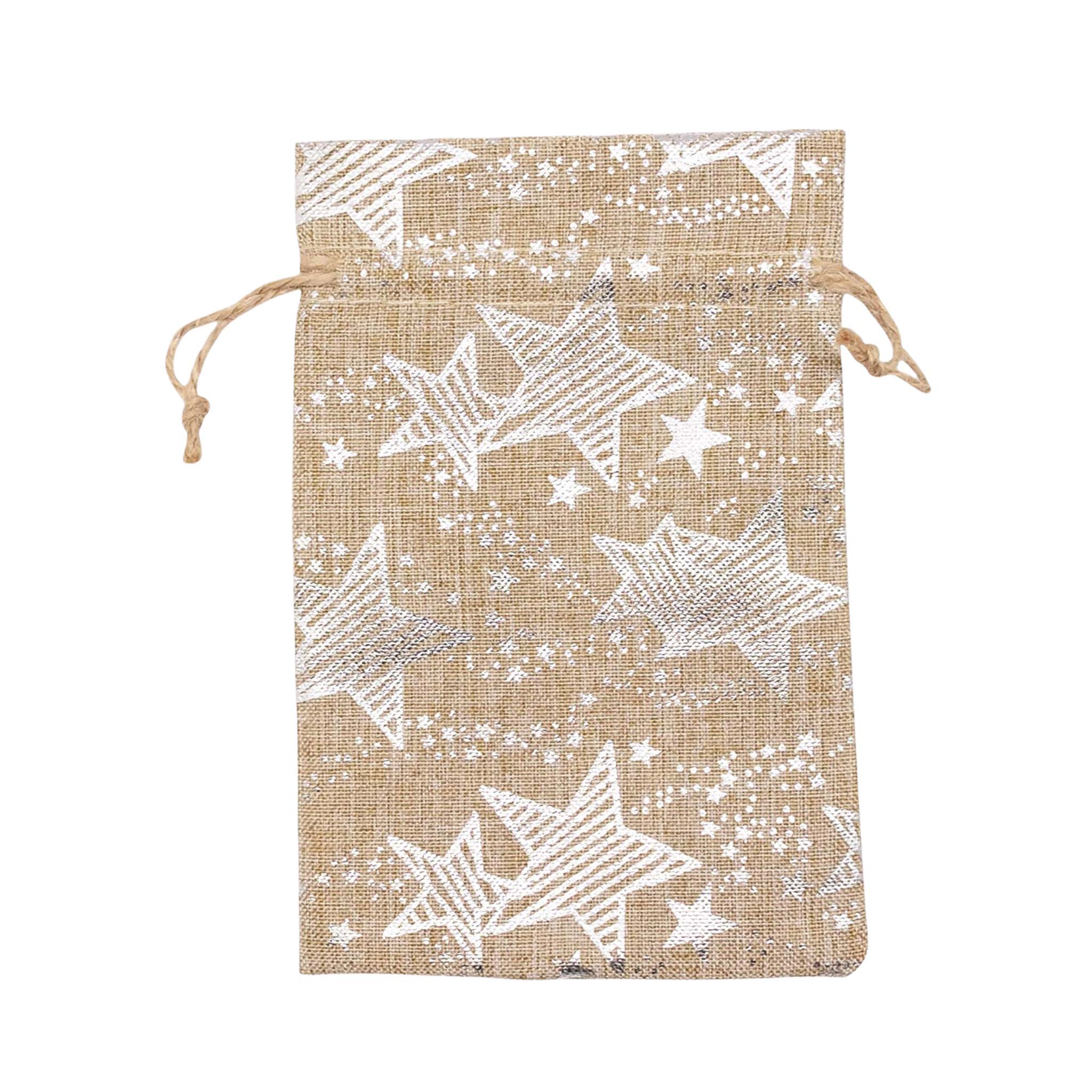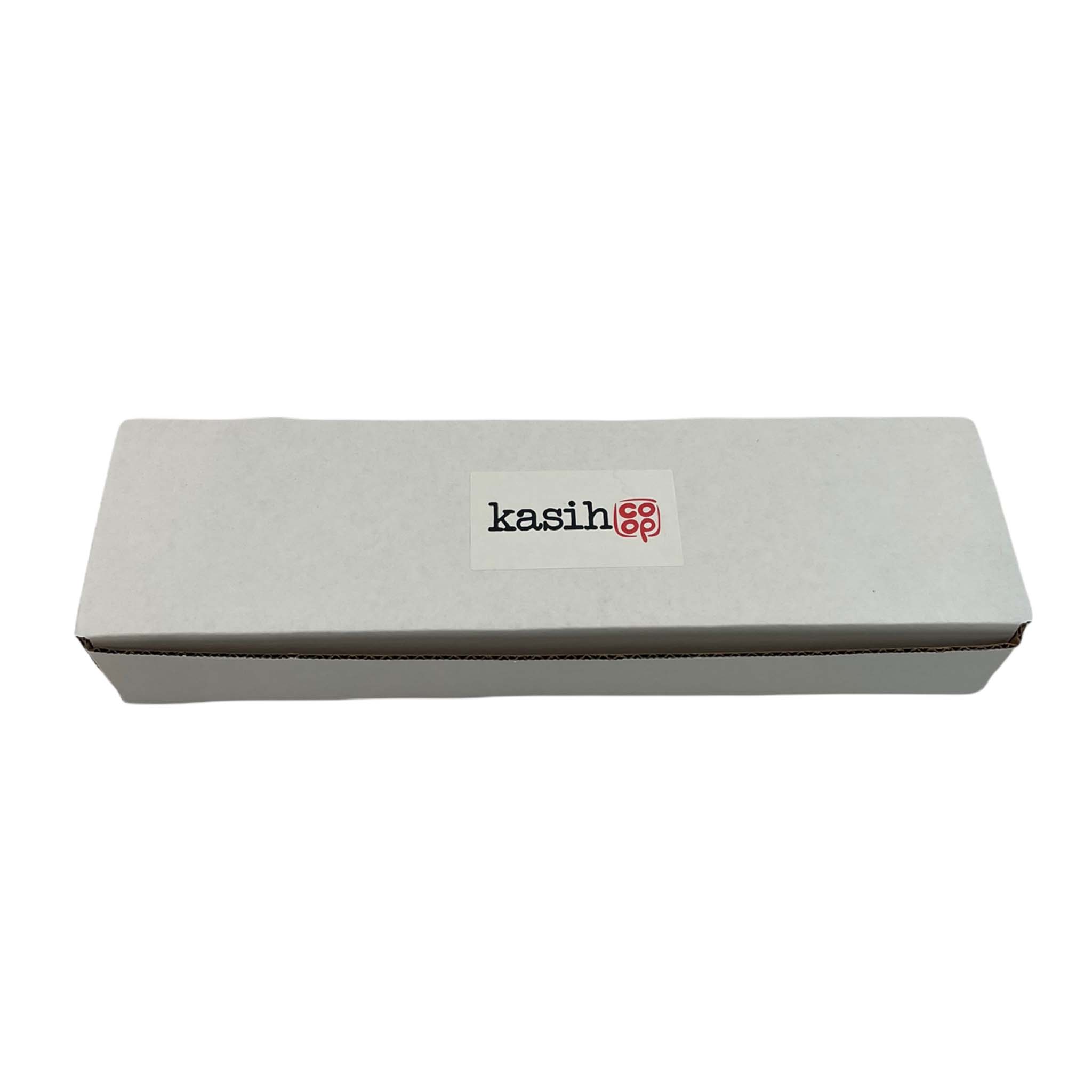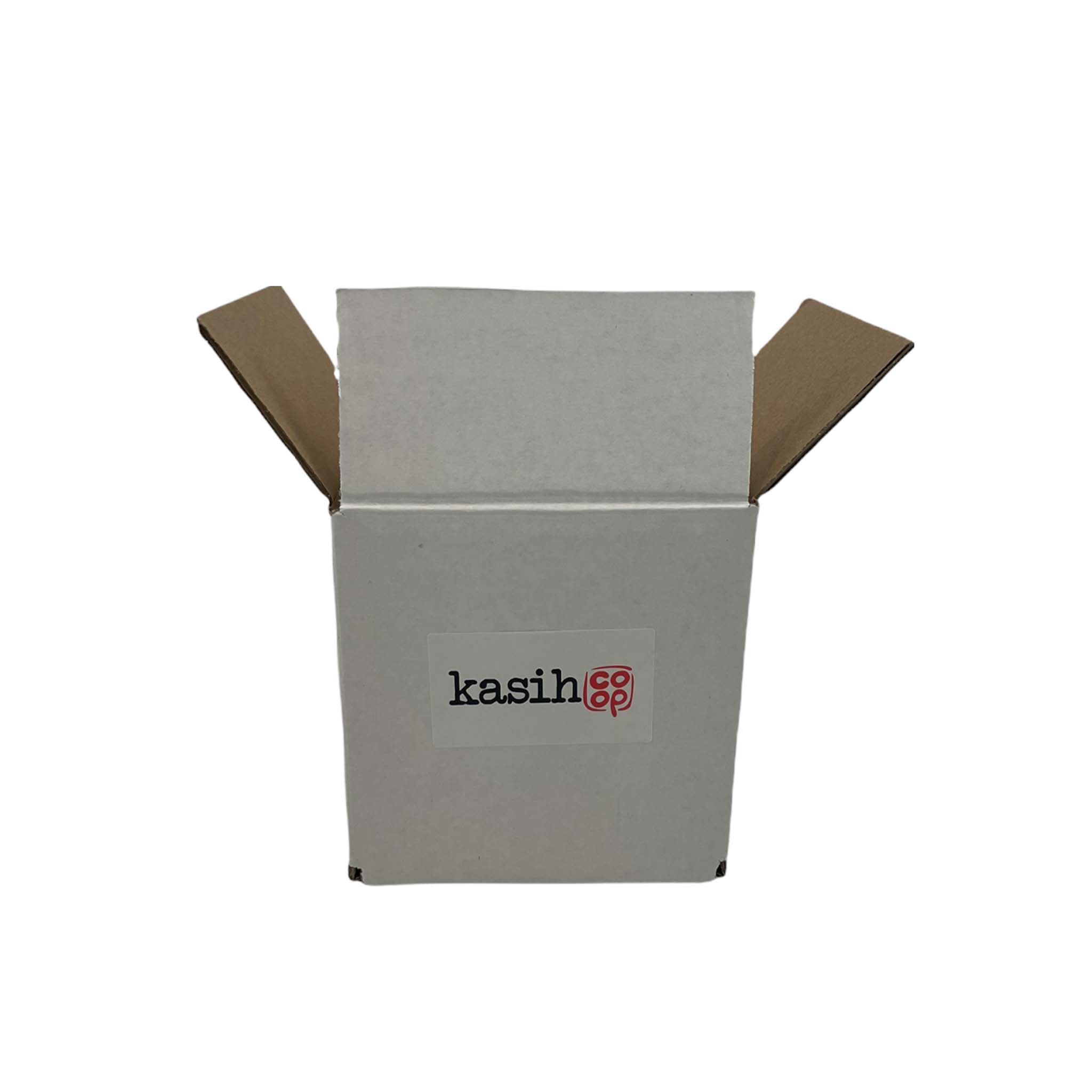Updated 1/17/2024
Batik comes from the Javanese words "amba" and "nitik" which means to write and to dot. Batik is an Indonesian technique of wax-resist dyeing applied to whole cloth. Batik is traditionally done on tightly woven cotton and using 100% thick cotton fabric. This technique originated from Java, Indonesia and has been around since the 13th century.
To make batik fabric, the artisans start with a white tightly woven cotton fabric often called "kain mori" or mori fabric. The artisans then need to melt wax and once the wax is in liquid form, the artisans will apply hot wax on the fabric. There are two ways of applying hot wax on the fabric:
First is by applying hot wax with a spouted tool called a canting. See this video on how our artisans applying hot wax using canting. The artisan typically would draw a pattern onto the fabric with pencil first before tracing it using canting. This video below shows a second step of covering certain pattern using canting.

A second method is by printing the wax with a copper block stamp called "cap". See below for the video. "Cap" means to stamp in Indonesian language. The stamp is made of copper plate and they are hand assemble to make the pattern.









